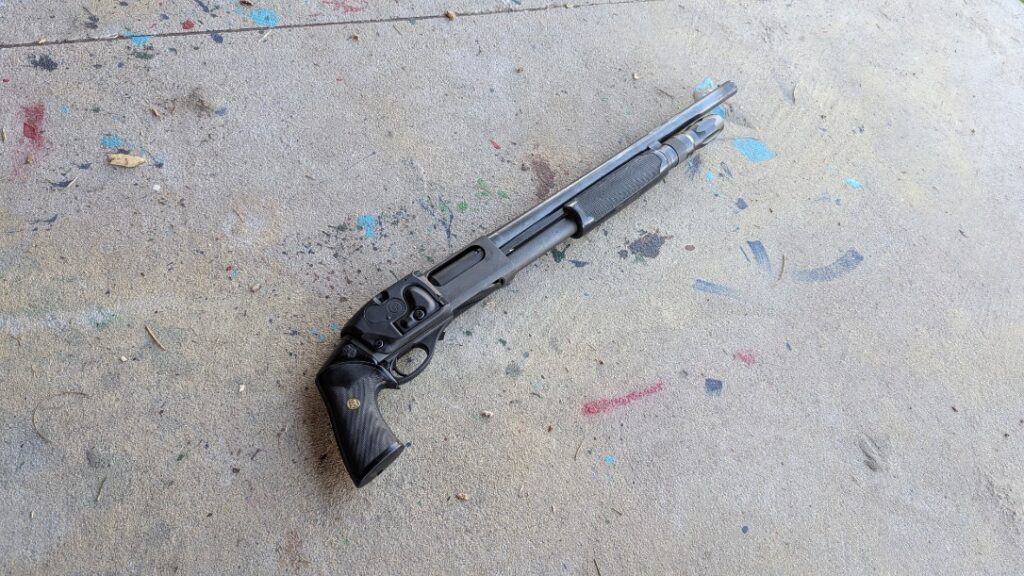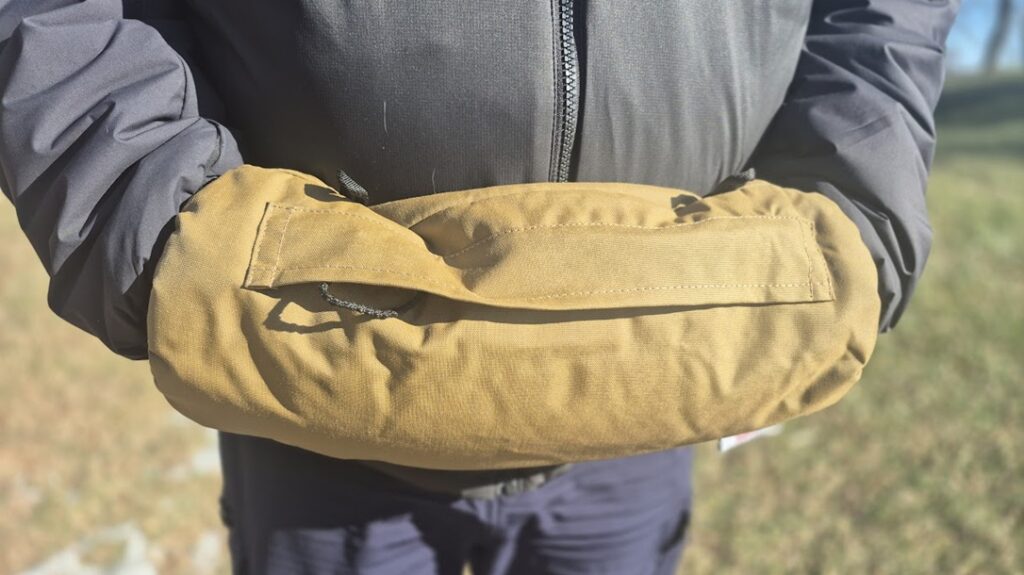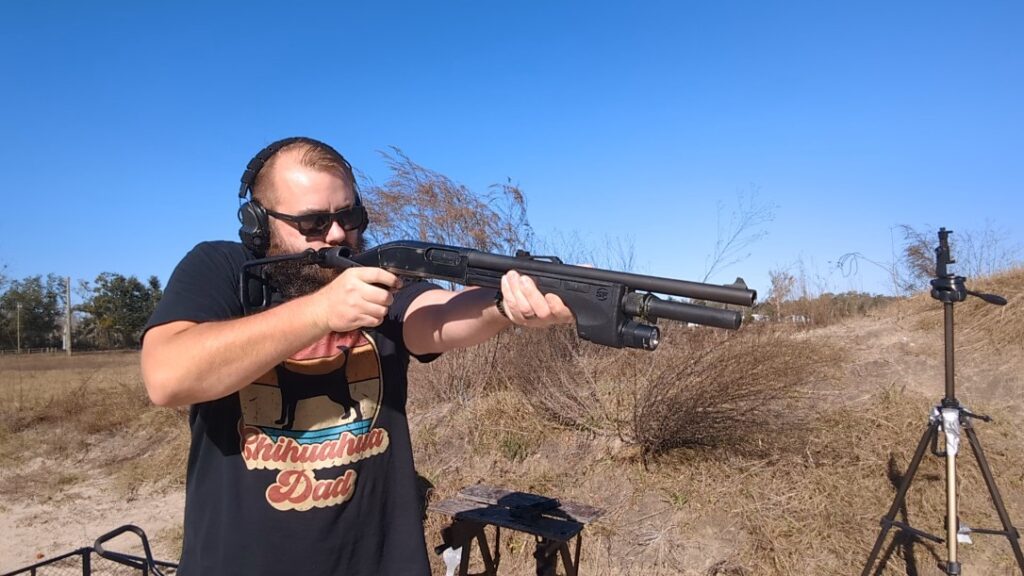The SIG MCX isn’t a “new” platform anymore, it is but it isn’t. Even the Virtus Variant which took into account as series of minor improvements, most notably the M-LOK handguard. The one and only Garand Thumb shows off one of the pistol variants above. The CoD fans will recognize the ‘M13’ moniker.
Makes for a good lead image and you all can knock 25 minutes off your day too.
The MCX is the logical NGSW Choice
Of the three systems it is my firm belief that Sig’s MCX system holds the best chance of winning the Army solicitation and introducing a system and caliber change into the armed forces small arms doctrine.
Advertisement — Continue Reading Below
The reason, it is still simple. The MCX just takes good small arms concepts and lays them out well. There is nothing drastically radically different in the weapon, just parts that are well placed to do their jobs based on decades of experience.
If the three NGSW weapon pairs (rifle and light machinegun/automatic rifle) were dropped into the hands of US Soldiers and Marines today and ammunition distributed, the teams with the Sigs would figure theirs out first. They would be able to operate them, maintain them, and troubleshoot them to a very high degree intuitively from the M4 and M16.
And that is good. The M4 and M16 are considered the practical pinnacle of 5.56 firearms tech. Yes, I love my SCAR, favorite rifle bar none, but on an arms issue scale it works so well because it springboards off the M4. Sig is capitalizing on the strengths of the M4. Hell the MCX, as is, is the literal expression of that acknowledgement.
Advertisement — Continue Reading Below
The MCX is an M4/AR with an optimized operating parts group, that’s it. They built a space efficient short stroke gas piston group that exists without drastic dimensional changes to an AR’s upper receiver mass. Exteriorly speaking, It’s an ambidextrous AR. Charging handle, magazine release, bolt release, etc.
The new NGSW variants chambered for .277 Fury (their 6.8mm submission commercial load name) is more of the same. Their belt fed is an ergonomically superior package but it won’t be a mystery for more than a few moments to anyone who has seen an M4 and an M249.
That. Is. Huge.
Advertisement — Continue Reading Below
The NGSW’s practical success will be in jumping the small arms tech forward while not hindering the proficiency curve. The Textron submission, because of the internal complexities, makes me wary. The drastic ergonomic change for the General Dynamics submissions, if the internals are simple, make it a better option but not the best. If the Sig 6.8 round delivers on the performance goals the platforms are the clear integration winner.
We don’t have live data on how any of them are running though. Just that they passed certain developmental lines set out by the DoD. The operating system we have the most practical data on is the MCX, and while it isn’t flawless (since nothing is) it has been adopted departmentally, most notably in Great Britain. I’ve seen MCX’s go down in training under high round counts, that isn’t unique either since plenty of AR’s have failed too. These are machines.
The data on the MCX is strong, realistic, and internationally tested. My bet is on SIG and I’m looking forward to digging into the systems (If I can) at SHOT.
Advertisement — Continue Reading Below















